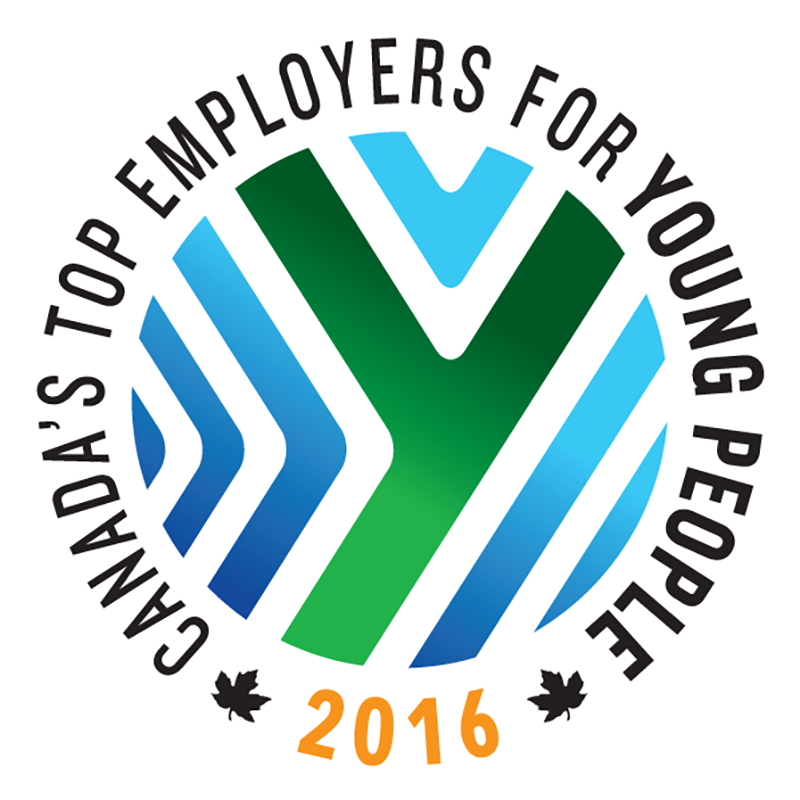Drilling Down on Workplace Diversity
When I think of the term “sustainable development”, I often forget that focusing on the social component is just as important as the economic and environmental components. In order to meet the needs of future generations, KPIs such as empowerment, diversity, safety and equity in the workplace must be addressed and balanced with KPIs that focus on energy, waste and water productivity.
As I was scrolling through Corporate Knight’s 2016 Global 100 Most Sustainable Corporations Index, I was surprised to find that Cameco, a Saskatoon-based uranium mining corporation, ranked as the most sustainable corporation in Canada and #32 in the world. It even ranked 15 spots higher than Unilever, a highly sustainable corporation that we often reference in class. As someone who has worked at a unionized grain elevator for the past two summers, I have noticed the overwhelmingly low representation of women in commodity-based industries. For instance, only 5 out of 100+ employees at the grain elevator were female and all foreman, managers and plant directors were male. My personal observations align closely with many studies that have found that women are vastly underrepresented in high level executive positions in almost every sector in Canada, especially the mining industry. While approximately half of the Canadian workforce consists of women,
Since I was unable to find the KPI breakdown of Cameco’s score on the Corporate Knights Index, I did some of my own investigating into its labor practices. On Cameco’s website there was a direct link to its GRI Index, which the corporation uses to measure its economic, environmental, labour, human rights, societal, and product performance. While the overall representation of women at Cameco is 23%, which is well above the 14% industry average, it is worth noting that only 13% of managers are female and almost all members on the executive team and board of directors are male. Regardless, Cameco has still received many notable Canadian awards in 2016 for its labor practices and “diverse workforce” (picture below).




Why is it that 47% of women at the National Bank of Canada have senior management roles? Many financial institutions are investing in leadership programs and quantitative quotas to ensure that women are equally represented. Although Cameco may be a leader in sustainability initiatives that relate to the economy and environment, it still has a long ways to go in terms of equitable treatment of its employees. In my opinion, more must be done to increase the representation of women in the mining, technology and agri-business industries at all levels, especially senior management roles. If women and other visible minorities’ opinions and ideas are not considered in high-level decision making, how can we expect to achieve any sustainable development goals?


I definitely agree that diversity must be practiced in workplaces. I look up to the organizations where they have heavily diversified workforce and still maintain strong performance. However, in the industries that you have mentioned, do the nature of the businesses have any effect on the lack of women in organizations? Could it be that women prefer more of the non-labour related businesses such as financial institutions like the National Bank of Canada? I think there can be two scenarios. If the nature of the business have no significant effect on the decision of choosing workplaces, then it is true that the commodity-based industries do not have diversity programs in place. However, if that has no effect, then I would think that it is just purely based on the general preference of women that is causing these outcomes.